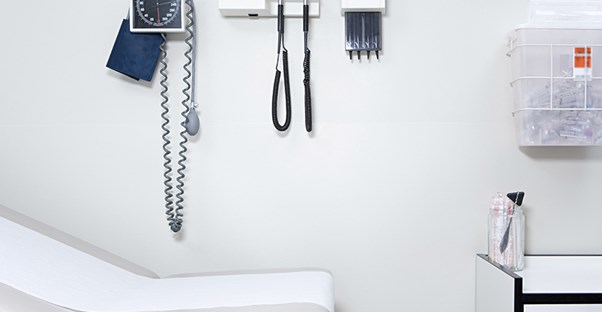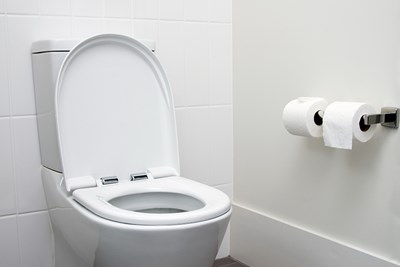Nearly 80% of stomach cancers remain undiagnosed until the disease has metastasized beyond the stomach. This is in largely due to the tendency of stomach cancers, also called gastric cancer, to remain relatively asymptomatic until the later stages of the diseases. It’s extremely important to get a solid diagnosis as soon as possible to begin an appropriate course of treatment. Here’s a look at the general diagnostic process for stomach cancer.
Initial Steps
The first step in early diagnosis is discussing any concerns you have with your doctor. It can be helpful to keep a journal of your symptoms to allow your physician to look for a pattern (for example, stomach cancer tends to make patients feel bloated immediately after eating). Due to the variety of gastrointestinal diseases, it is likely your doctor will begin by testing for more common issues with blood tests or imaging tests. Based on the initial feedback, your doctor may send you to a gastrointestinal or oncological specialist to get more specific information or to provide a second opinion.
Imaging Techniques
There are a wide variety of imaging tests that may be appropriate for diagnosing stomach cancer. Among these is an upper endoscopy. This involves sending a tiny camera on a flexible tube down your throat and esophagus and into the stomach. The camera sends information to a larger screen, allowing your physician a view of the tissues. A tool attached to the tube will provide a means of taking tissue samples of any suspicious areas for a biopsy.
Other image testing your doctor may utilize include an ultrasound, computerized tomography (CT) scan, positron emissions tomography (PET) scan, or magnetic resonance imaging (MRI). An ultrasound uses sound waves to create a real time image of the tissues in question, while an MRI uses magnetic waves. A CT scan uses a form of x-ray technology to make a detailed image of the body, and is very useful in providing a view of tumors; a PET scan uses a type of dye and makes cellular changes more apparent. An upper gastrointestinal series, using a barium dye and a series of x-ray images, may be necessary if your doctor suspects the presence of any blockages.
Diagnosis and Staging
While an endoscopy, CT scan, or barium swallow are most commonly used for actually establishing the presence of stomach cancer, a CT or PET scan are generally most useful in determining the stage of the cancer. This is absolutely necessary to create an appropriate treatment plan.
Generally, cancer specialists use the TNM method of staging. This scale stages stomach cancers (as well as many other forms of cancer) with a rank of 0, I, II, III, or IV, with an additional letter rating for specificity. This ranking is designated based on the size or growth rate of the tumor (T), the presence of cancerous cells in nearby lymph nodes (N), and the extent to which the cancer has metastasized (M). Stage 0 is the least invasive and most treatable, while stage IV is the most extensive, most metastasized, and most difficult to treat.
As an example, Stage IIB might refer to a stomach cancer that has not spread any deeper into the layers of the stomach than the mucosa lining (the first to be affected in adenocarcinoma stomach cancer) nor spread to distant sites, but has infected seven or more lymph nodes, while by stage IIIA it has spread firmly past the mucosa into the main muscle of the stomach. As treatment goes on, this aspect of diagnostics may be repeated to see how the cancer is responding to treatment or if it has progressed to a higher stage.




